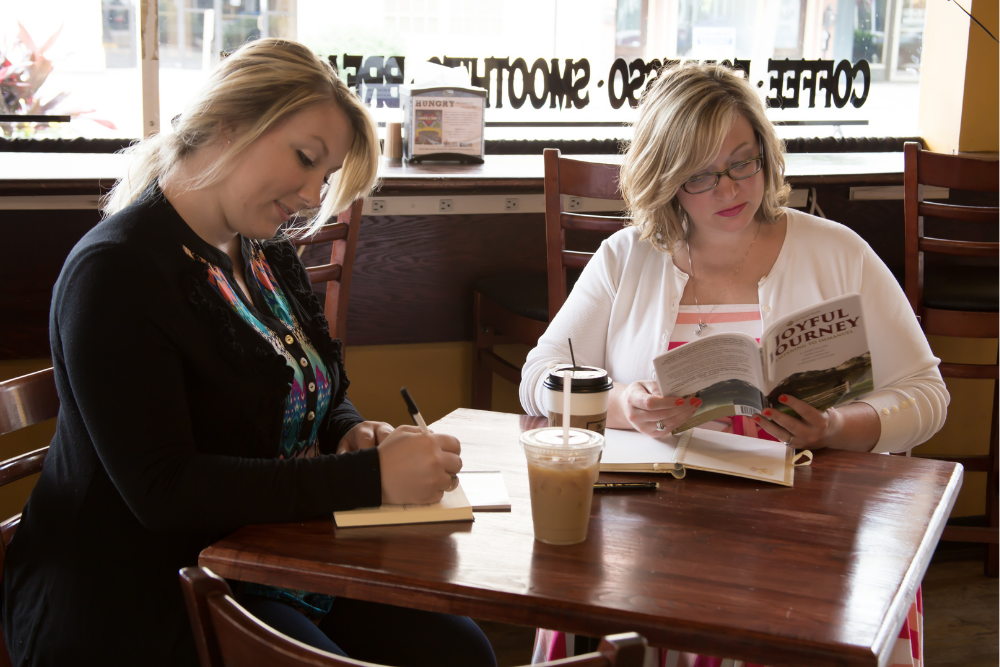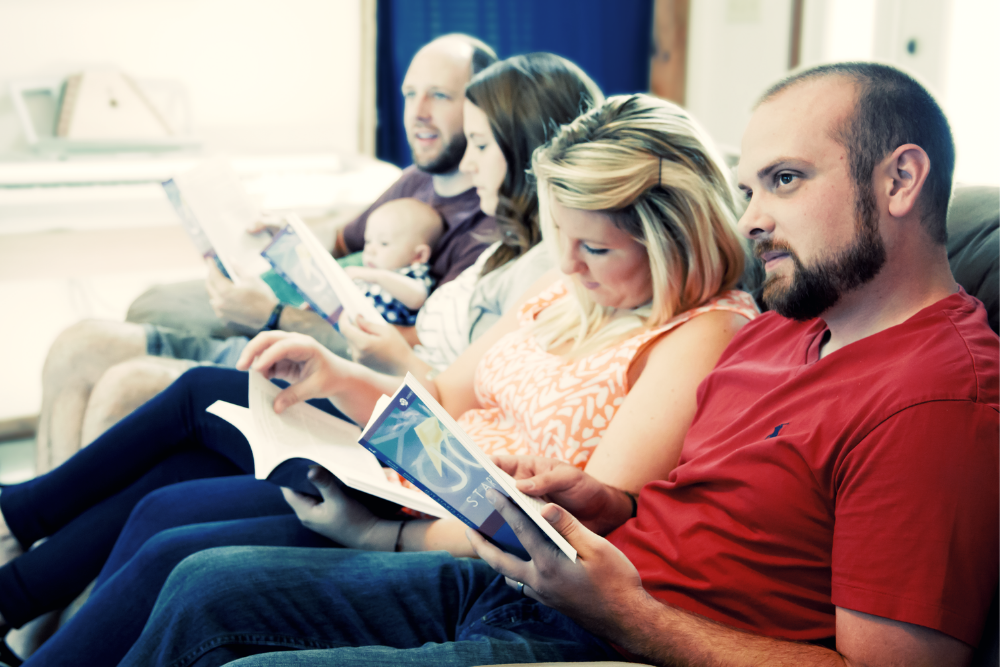In the original popular movie, “Inside Out,” we meet Riley, a pre-teen girl struggling with the sadness of leaving her hometown and friends behind as she moves to San Francisco. We see the interplay of Joy with more negative emotions, including Sadness and Anger, and learn the centrality of joy in handling negative emotions.
“Inside Out 2” continues the story with a fascinating depiction of the transition into what our culture calls adolescence. The movie portrays this transition as a wrecking ball in the brain, followed by a complete remodel of the control room. Predictably, Riley is a mess. In a weeklong hockey camp, she doesn’t know who she is or how to act. Do I stay with my old friends, who are going to a different high school, or do I try to fit in with the new group of cool people? Will these new girls like me? How do I need to act in order to be accepted. Will I make the hockey team? Does my coach like me? And on and on… All of a sudden, instead of just being Riley, she is a pinball bouncing here and there trying to be everything to everyone.
The movie offers an excellent and visceral portrayal of apoptosis, the process of brain-rewiring and pruning that happens between important stages of life. Although puberty is the most commonly understood rewiring phase, we actually have five stages in life that are initiated by a brain remodel. You read that correctly – the wrecking ball comes back to the control room four times! Let’s take a look at the stages up to adulthood.
The first remodel is our transition from infant to child at around four years of age. Infant brains are primarily configured to receive from those around them. Babies are meant to be good receivers in learning how precious they are and that they are not alone, even when they are sad or angry. Mom and dad show the baby who she is and that they are delighted to be with her when she laughs, cries, and even when she has a dirty diaper.
The infant’s brain rewires itself around age four to be able to accommodate a new focus of growth on learning to take care of herself. Childhood is a transition into doing hard things and learning what truly satisfies. This phase lasts until around fourteen years old, when the brain is ready for the transition into adulthood. This is the apoptosis wrecking ball we witness in “Inside Out 2.”
This transition to adulthood is often called adolescence because of the pain and confusion we experience. The remodel involves a particularly severe pruning of the childhood brain that prepares the young adult to learn skills for flourishing. A central nexus of skills our brain is ready to learn help us foster mutually satisfying relationships. This means I can take care of myself and another person at the same time. The child brain is not configured to do this, hence the need for a remodel. When we master mutually satisfying relationships, we know how to care for others without becoming codependent, indifferent or abusive. Our interactions are life-giving for both people involved. We don’t wear each other out or dominate the airwaves. We are glad to be together and we also let each other rest. Our friendships are characterized by a balance of joy and peace.
You might be thinking, “So what about my friend Sam? He is much older than fourteen, but he wears me out every time I’m with him! He obviously does not know how to take care of others and himself. He only takes care of himself. It’s exhausting!” It is important to understand that apoptosis does not guarantee mastery of the skills involved with the stage of life. It only means that our brain has been optimized to learn these new skills. There are many people with remodeled brains who never end up learning the skills of the new stage. In the movie, Riley’s parents appear to have a good grasp on relational skills, so they can help her with this new stage. But what if they did not? What does Riley do then?
The good news is that this is not a life sentence. We can go back into our infant and child stages and look at all of the skills we were meant to learn. Our churches can be places that fill in the gaps we inherited from our parents, and this will allow us to flourish and handle difficult circumstances with aplomb. My wife and I have been working on our maturity skills for years. We did not receive many of the infant level skills from our parents. As we now master these skills, we often surprise ourselves and others at how we can operate at a much higher capacity than before.
This is an example of The Other Half of Church, the part of our discipleship that has gone missing in many churches. In a full-brained discipleship, we assess our previous maturity stages to understand what skills we have mastered and which ones we did not learn. Then our Christian community helps us up with strategies for learning the missing skills. Our maturity work needs to be part of our discipleship if we want to become people who love like Jesus loves.
If you would like more information on the stages of maturity and the skills we are meant to master at each stage, I encourage you to pick up a copy of “Living From the Heart Jesus Gave You” by Friesen, Wilder, Bierling, Koepcke, and Poole. At Life Model Works, we also offer consulting to churches and organizations that include a detailed assessment of our maturity skills, stage by stage, and provides help mastering skills that you didn’t receive from your families. Go here for more information on Life Model consulting: https://lifemodelworks.org/consulting-services/
Michel Hendricks is an author, coach, inventor and trainer. He is the director of Life Model Consulting at Life Model Works.









